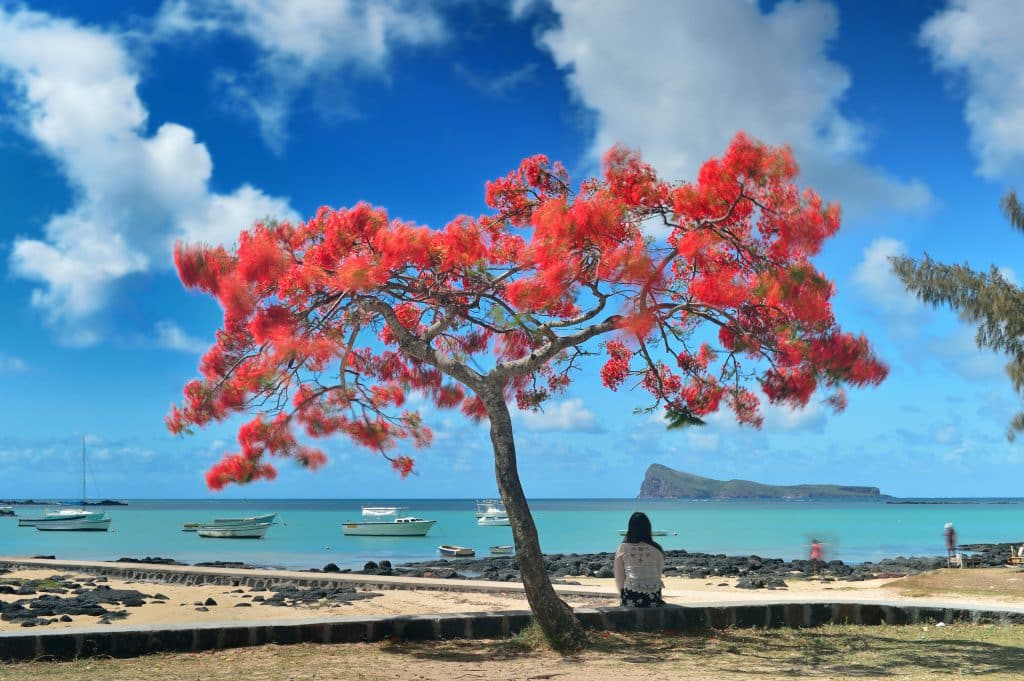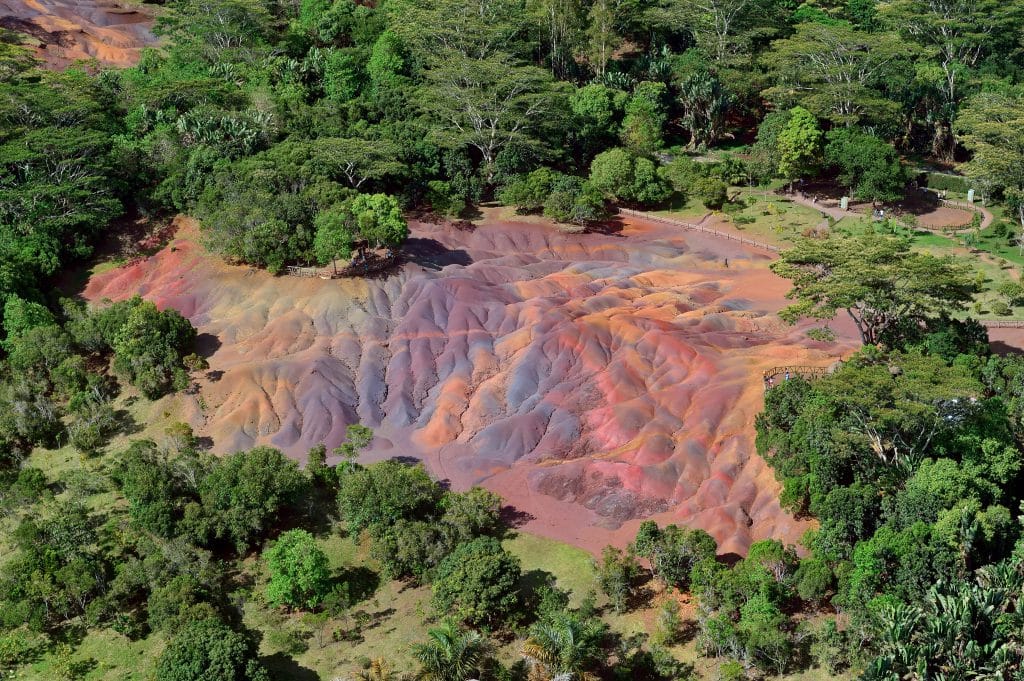Story & Photos PHOTOGRAPHER LY HOANG LONG
Not only blessed by nature, the island nation of Mauritius also inherits a rich cultural heritage.
My knowledge of the island nations of East Africa was quite vague until I received an official invitation from the Mauritius Tourism Promotion Authority to work on a project creating promotional images and an exhibition.

As I approached from the air, Mauritius gradually emerged on the deep blue sapphire backdrop of the Indian Ocean. With an area of only 2,040 km² and a population of nearly 1,300,000 people, this island nation boasts the second highest per capita GDP in Africa, with strengths in agriculture, tourism, textiles, fisheries and financial services.
The modern Seewoosagur Ramgoolam International Airport features an arch design inspired by the ravenala palm tree, a tropical species native to Mauritius. From there, a 47-kilometer northwest journey led to the capital city, Port Louis. Founded by the French in 1736, Port Louis served as a transit point for
ships rounding the Cape of Good Hope on their journey from Asia to Europe. Although not large or bustling, the city encapsulates the historical, cultural and economic elements of a typical capital. Le Caudan Waterfront, a commercial area with a beautiful seaside promenade lined with restaurants, cafes and coastal golf courses, contrasts with the colorful umbrellas of the shopping district and the Caudan Arts Center, where local and international artists exhibit their work. This is also where my panoramic photo series was displayed to commemorate the island’s 50th Independence Day.

China Town, meanwhile, retains the traditional charm of the Chinese community, which was established by immigrants from Guangzhou in the late 18th century. For authentic local culture, the Port Louis Bazaar overflows with vibrant colors and the scents of tropical fruits and seafood.
Mauritius is not only blessed with azure skies, white clouds and golden sunshine but also inherits colonial cultural heritage from the French, Portuguese and British periods. Interesting areas abound in every direction: the north is lively and bustling, with restaurants, bars and seaside golf courses. Most impressive is the red-roofed church in Cap Malheureux, built in 1938, one of the most popular social media check-in spots.
For tranquility, Bel Ombre beach in the south is a perfect choice. Just 25 kilometers north lies Grand Bassin, a sacred lake nestled in the Savanne Mountains, significant to Mauritius’ Hindu community.

Belle Mare Beach in the east is one of the longest beaches in Mauritius, with over 10 kilometers of white sand and crystal-clear turquoise water, ideal for water sports, swimming and exploring marine life. To the west is the majestic Le Morne Brabant, a symbol of the struggle for freedom by slaves from Africa, Madagascar and India during the 18th and early 19th centuries. Slaves once hid in its caves, protected by isolated cliffs. It is said that after the British passed the Slavery Abolition Act in 1834, authorities went to Le Morne to inform the slaves that they were finally free. However, when they saw the soldiers approaching, the slaves panicked, climbed to the mountain’s peak, and jumped to their deaths. Le Morne Brabant was recognized as a UNESCO World Heritage Site in 2008, not only for its tragic history and unique ecosystem but also for a magnificent underwater waterfall when viewed from above. From Le Morne Brabant, a 15-kilometer drive east along the B9 road leads to the Seven Colored Earth Geopark. This first and main geopark of the island is a captivating natural wonder of rainbow- colored sand dunes covering about 8.5 hectares surrounded by a lush, tropical vegetation.
Despite its modest size, Mauritius is an ideal blend of favorable conditions from nature to culture to its welcoming population. Only by experiencing it firsthand can one truly understand the saying by famed American author Mark Twain: “Heaven is a copy of Mauritius.”










